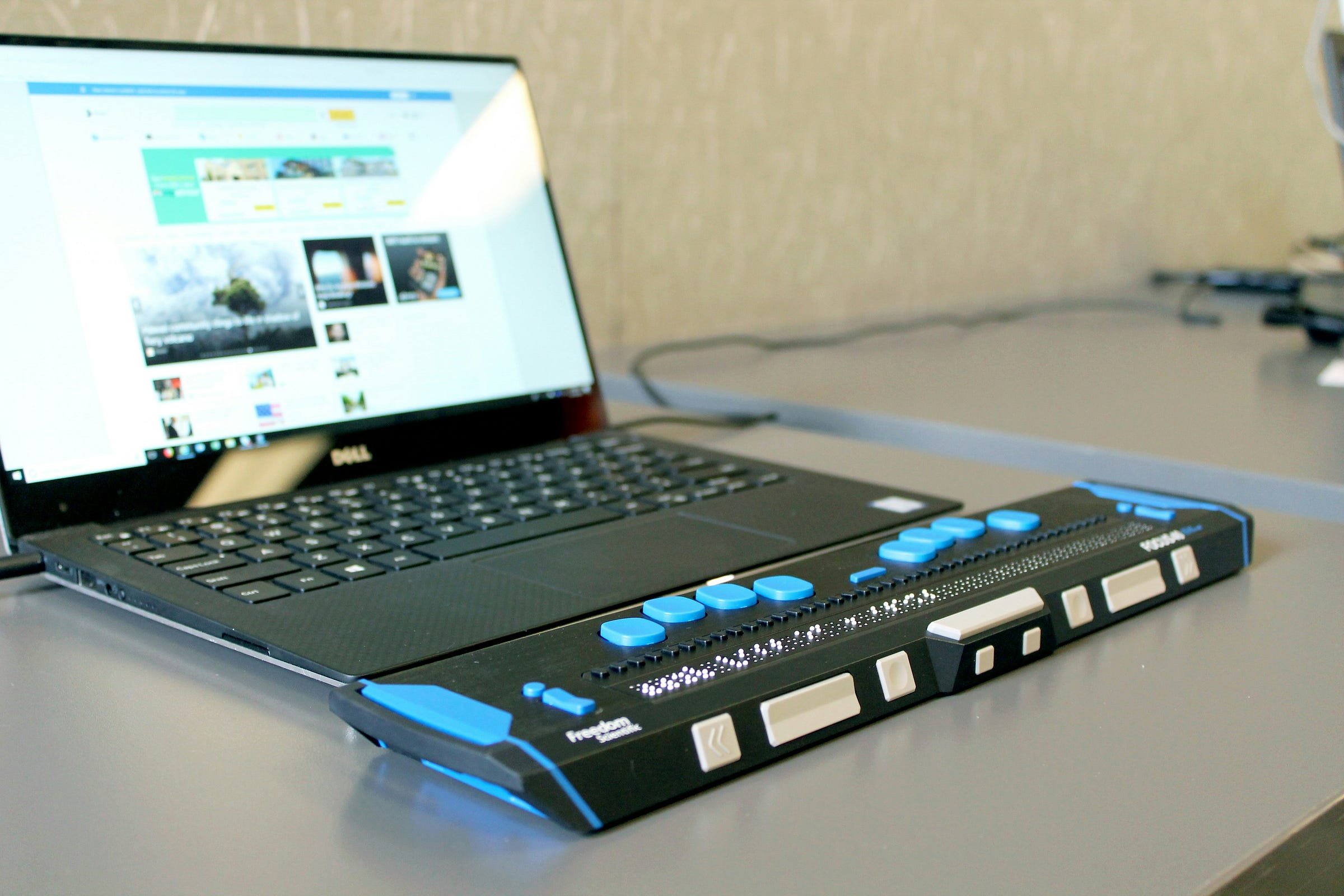WCAG 2.2: What Content Designers Need to Know
All about the 2023 updates to the Web Content Accessibility Guidelines for content designers and UX writers
Good content design is usable, useful, and kind. And if content is not accessible for users with disabilities, then it’s not any of those things. That’s why the Web Content Accessibility Guidelines (WCAG) are a great resource for content designers everywhere.
In October 2023, the World Wide Web Consortium (W3C) introduced their updated web content accessibility guidelines, the WCAG 2.2. This latest version includes nine new success criteria to make today’s websites more accessible for more people. And since the Department of Justice introduced new rules to strengthen digital accessibility in ADA and Title II regulation, WCAG compliance matters more than ever.
Two of the nine new WCAG 2.2 guidelines matter most for content folks: 3.2.6 Consistent Help and 3.3.7 Redundant Entry. In this article, we’ll break down these mean and how to use the guidelines into your work.
Note: if you’re just getting started in learning about accessible content , start with our 5 tips for accessible copywriting.
What is the Consistent Help criterion?
Success criterion 3.2.6 Consistent Help says that help information repeated across similar pages should “occur in the same order relative to other page content.” Put simply, the repeated help or contact information should be in the same place every time. The goal of this guideline is to make sure that help is easy to find and placed on similar pages in a consistent way.
The kind of help or contact information that applies to this rule are:
Human contact details
Human contact mechanism
Self-help option
A fully automated contact mechanism
Some examples of these include: a chatbot icon or modal, a link to your help or contact information, or a content module with help/contact information.
Good examples of Consistent Help compliance
Need ideas for how to apply this guideline? Let’s look at three examples of good help in the wild: navigation, chat bots, and on-page help.
Consistent Help in navigation
The most common place you’ll see consistent help is in a site-wide navigation, at the top-level or in footers. This is a great solution when the help information may always be relevant to all users.
Chewy.com 24/7 help modal opened in from the global navigation.
At Chewy.com, the “24/7 Help” dropdown is clearly labeled and lives in the global navigation. This link opens a modal with their customer support phone number, live chat, email, and some top help links.
This is exemplar content design in the wild. The microcopy is clear and the modal has everything a user might need when they’re seeking help. We also love that users can contact support in writing or verbally, which is great for accessibility and inclusion too.
On-page Consistent Help
Another approach to this criterion is an on-page help component or section. This is great for when you have a specific page type where help info will be most useful. Or, when you want to direct users to a more specific help department.
IT@UT services page with a common pattern for Get Help on every page.
A great example of this is from University of Texas on the services pages of their IT@UT website. On every services page, there is a “Get Help” box on top right of the page content that directs users to the IT Service Desk and a few other resources.
Applying the Consistent Help criterion in content design
The best time to account for for Consistent Help is before writing starts when you define the layout of pages. You can do this as you’re creating page tables, a tool we use and recommend for a content-first design process. Or, you can define page layouts by collaborating with designers on traditional wireframes.
If you’re updating existing pages, start with a content audit first to identify your page types. Then, you can decide how to incorporate consistent help.
What is the “Redundant Entry” criterion?
The other new guideline that will most impact the work of content designers is 3.3.7 Redundant Entry (Level A). This one is all about simplifying any forms and fields that your users will need to fill out. This guideline is simple: don’t force users to enter the same information more than once within the same process. For example, if you’re designing an account sign-up flow, don’t ask a user to enter their name in multiple places. It’s likely unnecessary for any user, and problematic for users with cognitive disabilities.
There are few exceptions to this rule:
Re-entering the information is “essential,” meaning that removing the duplicate instances would fundamentally change the information or the content.
The information is required to ensure the security of the content.
Previously entered information is no longer valid.
The information is being requested in a different format, like uploading a cover letter as a PDF and then again as text copied into a field.
The main thing to remember is that unless you have a really good reason to ask for the same information twice, don’t do it.
Good examples of Redundant Entry compliance
This smart solution from UPS.com is at the beginning of a flow where users can create a shipping label. They know that not everyone will have a separate return address, so they’ve made entering one optional. This avoids forcing people into entering redundant information.
WCAG 2.2 takeaways for content designers
If you work on content for websites or other digital surfaces, you’ve probably been advocating for consistency help and avoiding redundancy already. But too often, content people run into pushback, conflicting opinions, and spin. With the updated WCAG 2.2 guidelines, we now have more documented guidelines to support our work. So the next time you get a silly request to add-in a useless, redundant field into a flow, you can cite WCAG to back you up.




